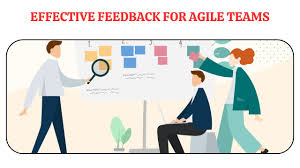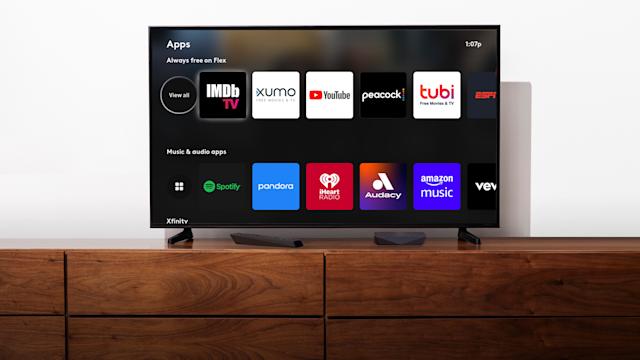Agile Feedback Loop: 7 Best Ways to Get It Right
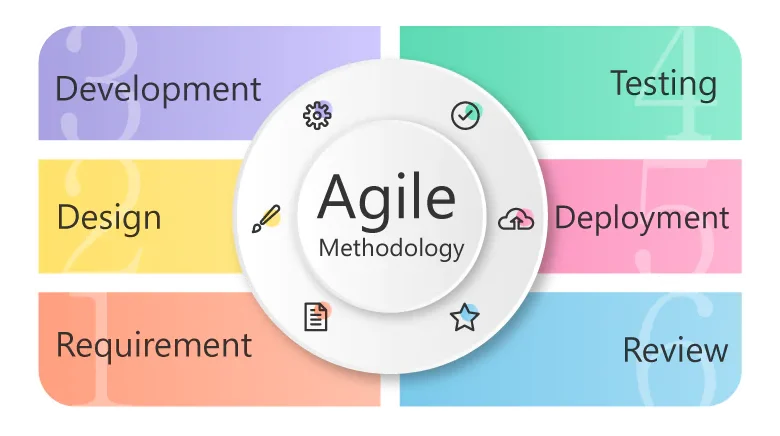
Fast feedback, or an Agile feedback loop, is a method to increase productivity in various domains such as work performance, team projects, or development processes. It serves as a mechanism to validate the work being done and pinpoint areas that require improvement. In essence, it improves the quality of work by providing prompt feedback. It consists of iterative cycles that enable teams to gather feedback, reflect on their work, and make necessary adjustments.
What is Agile Feedback:
Let’s explore the concept of the Agile feedback loop:
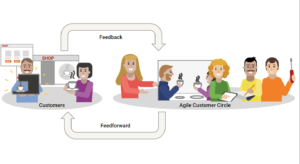
1. Definition:
-
- In Agile methodologies, the feedback loop is a crucial component. It’s not just a process; it’s a mindset.
- The Agile feedback loop emphasizes being open to change, continuous learning, and relentless improvement.
- It enables teams to deliver products that truly meet customer needs.
2. Purpose of Agile Feedback Loops:
Implementing the fast feedback approach in an organization cultivates a learning mindset within the workforce. Rather than solely prioritizing task completion speed, the team becomes focused on acquiring knowledge and applying it to achieve better outcomes. With quick feedback cycles, they can promptly take action that drives substantial impact. In contrast, traditional feedback methods often result in a significant time gap between feedback collection and action, leading to employee disengagement and “survey fatigue.”
-
- Communication: Feedback loops maintain communication throughout the development process.
- Gathering Feedback: They allow teams to gather feedback (both positive and negative) from different stakeholders.
- Identifying Improvements: Feedback helps identify areas for improvement.
- Developer Productivity: It increases developer productivity.
- Quality Assurance: Feedback accelerates the application development lifecycle and ensures the highest quality app.
3. Scrum Processes:
Scrum, an Agile framework, utilizes feedback loops for continuous improvement. The Daily Scrum, Sprint Review, and Sprint Retrospective are key feedback loops in Scrum. They enable teams to inspect and adapt, ensuring alignment with customer needs and project goals throughout the development process.
-
- In Scrum, teams work in sprints (time-boxed periods of one to four weeks).
- During each sprint, several types of meetings facilitate feedback:
- Daily Standup Meeting: Team members share status updates and discuss obstacles.
- Sprint Review Meeting: A shippable increment of software is presented to a broader group, including product owners, management, and end users. Feedback is collected for the next sprint.
- Project Retrospective: The team reflects on what went well and areas for improvement in future Agile projects.
4. Timing and Necessity:
-
- Waiting until the end of a sprint is too long to solicit feedback.
- Software development is like the butterfly effect: even minor changes can significantly impact outcomes.
- Frequent feedback keeps teams focused on intended goals and adaptable to changing requirements.
Remember, Agile feedback isn’t just about processes; it’s about fostering a culture of learning and continuous improvement. 🔄🚀
Feedback loops are built into the Agile application development process to:
For more details, you can explore resources like Mendix’s article on the Agile feedback loop or Atlassian’s examples of capturing customer feedback in agile development.
Agile Feedback Loop!
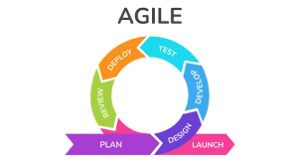
The Agile feedback loop is a fundamental concept in Agile methodologies, particularly in software development. Let’s explore it:
1. Definition:
-
- The Agile feedback loop refers to the continuous process of gathering information, evaluating progress, and iteratively making adjustments.
- It involves seeking feedback from stakeholders, team members, and end-users throughout the project lifecycle.
2. Components:
-
- Plan: In the planning phase, teams define goals, scope, and requirements. They create a roadmap for the project.
- Execute: During execution, teams build and deliver increments of the product (often called “sprints” in Scrum).
- Feedback: Teams actively seek feedback from stakeholders, users, and team members.
- Reflect and Adapt: Based on feedback, teams reflect on their progress, adapt their approach, and make necessary changes.
3. Benefits:
-
- Early Detection of Issues: Frequent feedback helps identify problems early, allowing for timely adjustments.
- Course Correction: Teams can adjust their direction based on real-world observations.
- Continuous Improvement: The loop promotes a culture of learning and improvement.
4. Examples:
-
- In Scrum, the Sprint Review and Retrospective meetings are part of the feedback loop.
- In Kanban, regular stand-up meetings and continuous flow contribute to the loop.
Remember that the Agile feedback loop is not limited to software development; it can be applied to various domains where iterative progress and adaptation are essential.
The Four Components of a Feedback Loop!
Agile feedback loops are comprised of four fundamental elements: gathering data, processing information, making decisions, and implementing actions. These components work together to enable continuous improvement and ensure that teams can adapt and respond effectively throughout the Agile development process.
See More:

